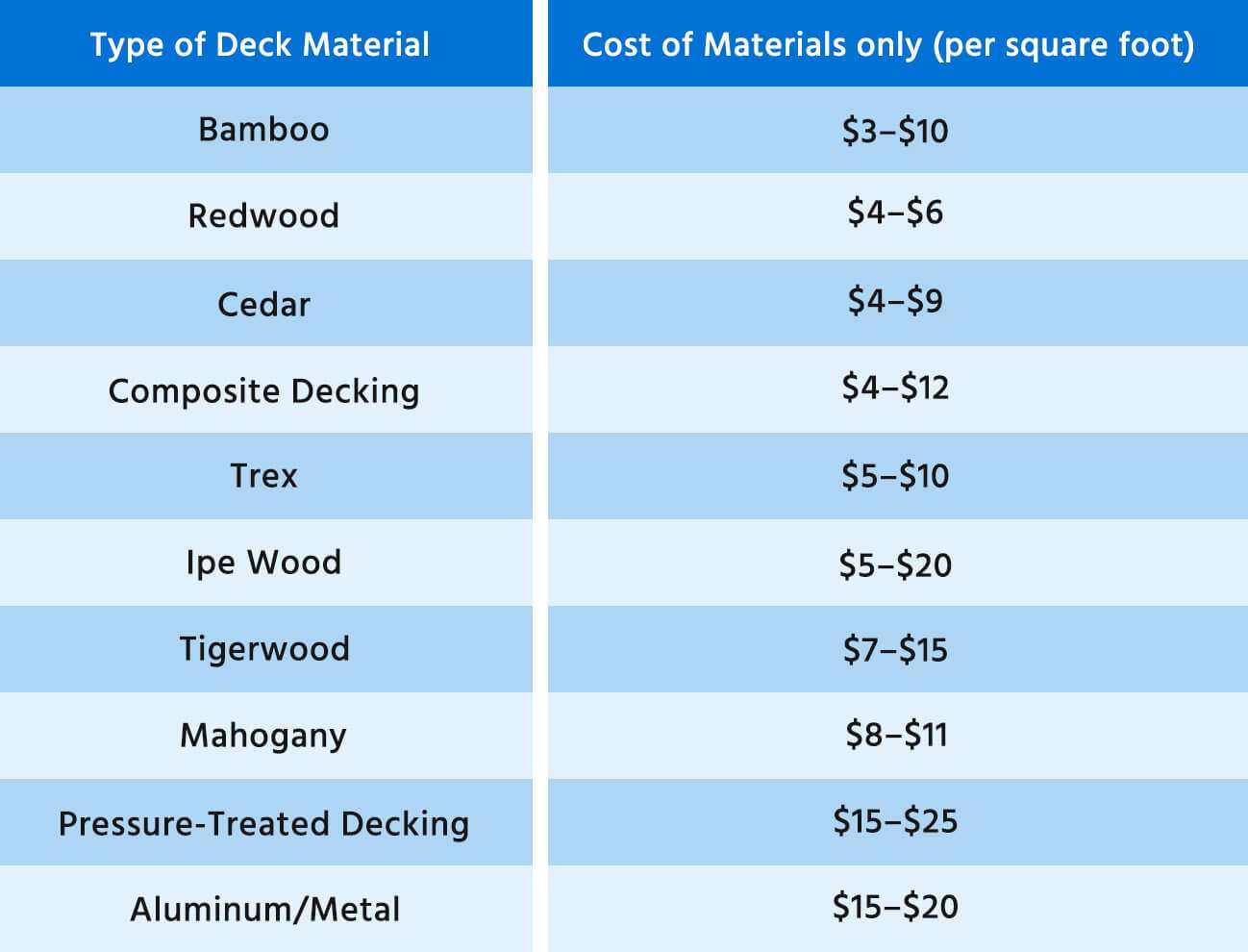Building a deck can significantly enhance your outdoor living space, providing a perfect area for relaxation, entertainment, and enjoying the beauty of your surroundings. However, before embarking on this exciting project, it’s crucial to understand the significant financial investment involved. Accurately estimating the material cost for building a deck is paramount to planning your budget effectively and avoiding unexpected expenses. This guide will explore various factors influencing the material cost for building a deck, helping you make informed decisions and achieve your dream deck within your financial reach. Understanding these components will empower you to approach your deck-building project with confidence and preparedness.
Factors Influencing Deck Material Costs
Several factors contribute to the overall material cost of your deck. These include the size of the deck, the type of materials used, the complexity of the design, and regional price variations; Let’s delve into each of these aspects in more detail:
- Deck Size: Naturally, a larger deck requires more materials, directly impacting the total cost.
- Material Choice: The selection of decking material – wood, composite, or PVC – is a major determinant of price. Each material offers different aesthetic qualities, durability, and maintenance requirements, all influencing its cost.
- Design Complexity: Intricate designs with multiple levels, curves, or built-in features will require more materials and labor, increasing the overall expenditure.
- Regional Price Variations: Material prices can fluctuate depending on your geographic location due to factors such as transportation costs and local demand.
Comparing Decking Material Options
Choosing the right decking material is a critical decision. Here’s a comparison of some popular choices:
| Material | Pros | Cons | Approximate Cost per Square Foot (Materials Only) |
|---|---|---|---|
| Pressure-Treated Wood | Affordable, readily available, easy to work with. | Requires regular maintenance (staining/sealing), susceptible to rot and insects, can splinter. | $3 ー $7 |
| Cedar | Naturally rot and insect resistant, beautiful appearance. | More expensive than pressure-treated wood, requires some maintenance. | $8 ౼ $12 |
| Composite Decking | Low maintenance, durable, resistant to fading and staining, available in various colors and textures. | More expensive than wood, can get hot in direct sunlight. | $9 ー $16 |
| PVC Decking | Very low maintenance, highly durable, resistant to fading, staining, and scratching. | Most expensive option, can look less natural than wood. | $11 ー $20 |
Estimating Your Deck’s Material Cost
Once you’ve considered the factors mentioned above, you can start estimating the material cost for your deck. Start by measuring the intended area of your deck; Then, research the prices of your desired materials at local suppliers. Remember to factor in additional costs for framing lumber, fasteners, railings, stairs (if needed), and any decorative elements. It’s always wise to add a buffer of 10-15% to your estimate to account for unexpected expenses or material waste.
Remember to get quotes from multiple suppliers to ensure you are getting the best possible prices. Consider purchasing materials during off-season months when demand is lower and prices may be discounted. Don’t hesitate to consult with a deck-building professional for personalized advice and accurate cost estimates;


